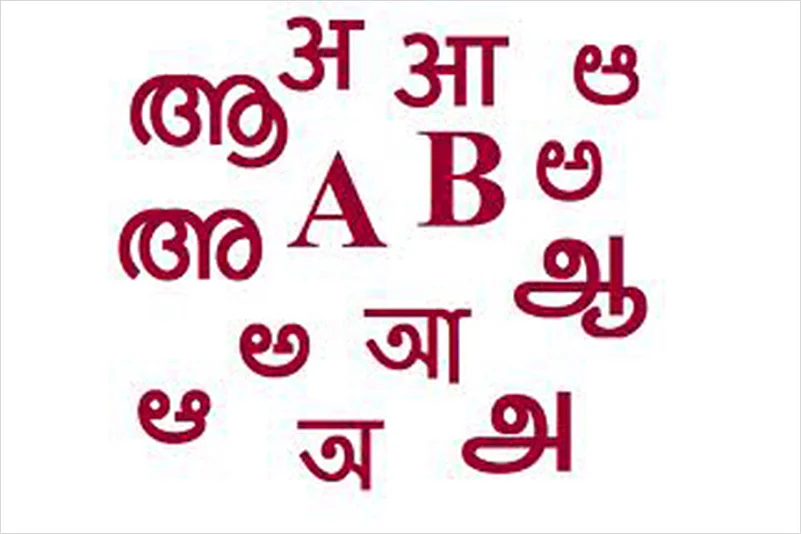There’s a famous Hindu Verse – ‘Ekam Sat Vipraha Bahuda Vadanti’ which means “Truth (God) is one, but is celebrated by different people in different ways”. Interestingly, the New Education Policy (NEP) seems to exude the same ethos. It stresses on building a knowledge economy driven by skills and it stresses on achieving it through a multilingual framework. The NEP stresses on the usage of local language till at least Class 5 and preferably till Class 8. In total it focus on students having command over 3 languages, 2 of which need to be native.
It also aims to standardize the Sign Language across the country for students with hearing impairment. All in all, this is a welcome move as it sets the tone for creating an ecosystem where the state and center have to invest in hiring teachers, well versed in local languages. They will also invest in the preparation of the curriculum in different languages. For the students, it’ll be quite a task but at the same time, it’ll sow the seeds of cultural assimilation.
Advertisement
In today’s corporate setup, one of the biggest challenges of team management is integration of people from different cultural backgrounds. With NEP, students will find it easier to get along with people across different cultures and languages. However, what’ll truly do justice to the cause would be an enhancement in the teaching pedagogy. There is a need to revamp the teaching style in a manner where languages are celebrated and experienced through art, music and culture. The true essence of a language can only be absorbed if it’s linked to culture and history. Unfortunately, this is where our education system has suffered.
Advertisement
Sanskrit forms a glaring example in this context. Students from classes 5th to 8th mostly questioned the importance and relevance of Sanskrit and studied it as just a part of the curriculum mostly to score good marks or pass the exam. However, when Sanskrit was linked to our cultural texts and was celebrated as artificial intelligence-friendly language by various research organizations, it suddenly seemed relevant and novel.
Today, we have different universities and colleges which have seen a spike in students enrolling for Sanskrit. The key is to make learning experiential. Our teaching methods have for long been based on rote learning which has done little good for students except for fetching them good grades. The National Education Policy makes it loud and clear: Skills are the new grades. Education 2.0, especially post coronavirus, has to focus on skills and deliverables. Today coding, data analytics and digital marketing are the skills required for a bright future. Coupled with multilingualism, these skills can also stoke the entrepreneurial spirit in students. Often times, language is a barrier in entrepreneurship, as budding entrepreneurs are often hesitant in expanding across cities and states but with a multilingual approach, they can overcome this barrier.
India with all its diversity in terms of culture and languages has enormous potential in terms of tourism that is waiting to be unleashed. Today the global IT giants are investing huge amounts to cater to people who are better versed in regional languages. We see that on social media and messaging sites and that has given a huge boost to their numbers. Today, every business is looking to hire people well versed in different regional languages with a hope to expand in those respective territories. From the content on digital streaming platforms to translated books, multilingualism is a part of not just our cultural ethos but also a tremendous commercial opportunity.
Advertisement
However, our past shows that there have been many opportunities that came our way and we blew them. In the 90’s and early 2000’s we saw an IT revolution in India, but we failed to take it to the next level and didn’t create a strong ecosystem for creativity in India. We were content with product testing and offshoring jobs rather than creating a new breakthrough software or a search engine. We could’ve created the next Google or Facebook and we could have had a silicon valley of our own but we fell woefully short.
The government has brought in different policies like Make-In India, Start Up India, Digital India and Mudra to push for a change. However, no policy can be successful until it’s coupled with successful implementation and a changed mindset. We have to bring innovation and creativity right at the center of the knowledge economy, we wish to build. The subtext of the National Education Policy also emphasis the need for creating professionals who can take risks and can deal with setbacks in a positive manner. Emotional intelligence is going to be one of the biggest assets that’ll determine the arc of one’s career. In testing times like today, we need human skills like empathy, compassion and at the same time assertiveness to get the job done. Soft skills sharpen one’s emotional intelligence and multilingualism is a corner stone of soft skills. Let us imbibe these skill-sets in our education and lay the foundation of a stronger and self-reliant India of the future.
Advertisement
Karan Verma is the author of the national best seller Dhruv and Jack & Master. He is also a public speaker. (Views expressed are personal.)




















